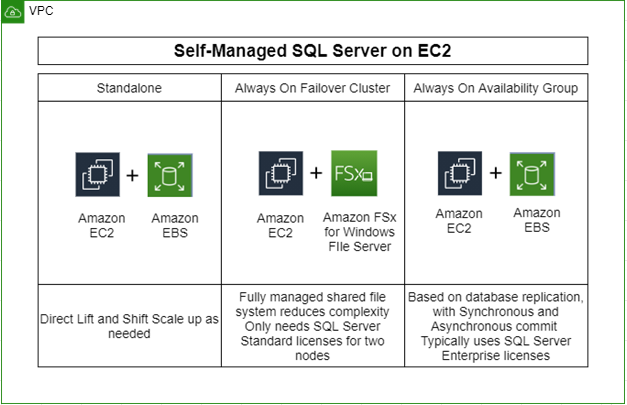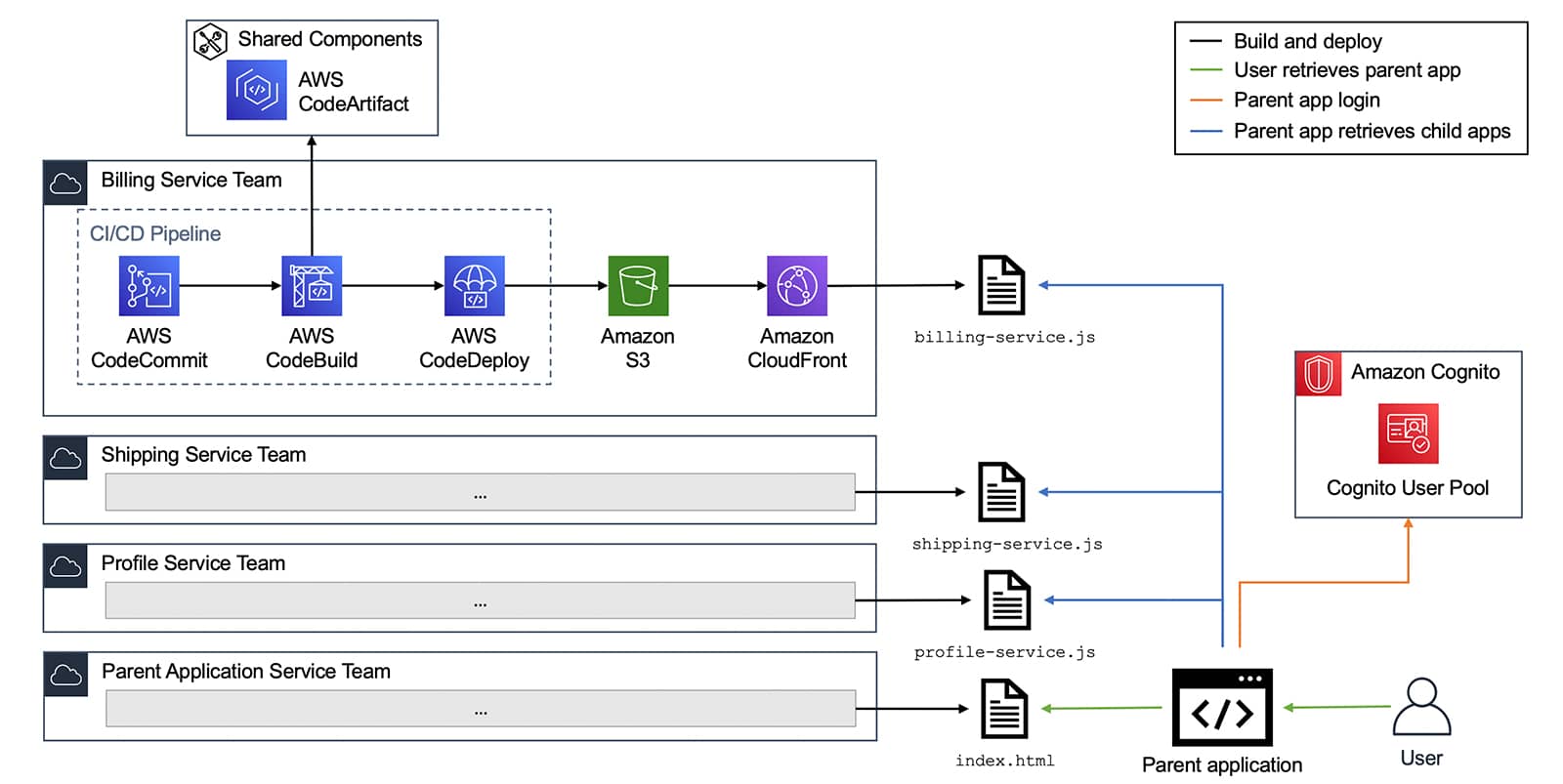AWS Architecture Blog
Category: Storage
ERGO Breaks New Frontiers for Insurance with AI Factory on AWS
This post is co-authored with Piotr Klesta, Robert Meisner and Lukasz Luszczynski of ERGO Artificial intelligence (AI) and related technologies are already finding applications in our homes, cars, industries, and offices. The insurance business is no exception to this. When AI is implemented correctly, it adds a major competitive advantage. It enhances the decision-making process, […]
Vertical Integration Strategy Powered by Amazon EventBridge
Over the past few years, midsize and large enterprises have adopted vertical integration as part of their strategy to optimize operations and profitability. Vertical integration consists of separating different stages of the production line from other related departments, such as marketing and logistics. Enterprises implement such strategy to gain full control of their value chain: from the […]
Building a Showback Dashboard for Cost Visibility with Serverless Architectures
Enterprises with centralized IT organizations and multiple lines of businesses frequently use showback or chargeback mechanisms to hold their departments accountable for their technology usage and costs. Chargeback involves actually billing a department for the cost of their division’s usage. Showback focuses on visibility to make the department more cost conscientious and encourage operational efficiency. […]
Field Notes: SQL Server Deployment Options on AWS Using Amazon EC2
Many enterprise applications run Microsoft SQL Server as their backend relational database. There are various options for customers to benefit from deploying their SQL Server on AWS. This blog will help you choose the right architecture for your SQL Server Deployment with high availability options, using Amazon EC2 for mission-critical applications. SQL Server on Amazon […]
Managed File Transfer using AWS Transfer Family and Amazon S3
Financial, healthcare, retail and other companies exchange many different types of data. This can include stock information, healthcare claims, and sharing product data files with their partners. These companies need a managed file transfer solution that supports data transformation, and exchange of data over File Transfer Protocol over SSL (FTPS), and Secure File Transfer Protocol (SFTP). […]
Journey to Adopt Cloud-Native Architecture Series: #3 – Improved Resilience and Standardized Observability
September 8, 2021: Amazon Elasticsearch Service has been renamed to Amazon OpenSearch Service. See details. In the last blog, Maximizing System Throughput, we talked about design patterns you can adopt to address immediate scaling challenges to provide a better customer experience. In this blog, we talk about architecture patterns to improve system resiliency, why observability […]
Disaster Recovery (DR) Architecture on AWS, Part II: Backup and Restore with Rapid Recovery
In a previous blog post, I introduced you to four strategies for disaster recovery (DR) on AWS. These strategies enable you to prepare for and recover from a disaster. By using the best practices provided in the AWS Well-Architected Reliability Pillar whitepaper to design your DR strategy, your workloads can remain available despite disaster events […]
Dynamic Request Routing in Multi-tenant Systems with Amazon CloudFront
In this blog post, we will share how OutSystems designed a globally distributed serverless request routing service for their multi-tenant architecture. This will provide you ways to benefit from a managed solution that’s scalable and requires a low operational effort. Namely, we explain how to select the origin serving an HTTP/S request using Lambda@Edge, including […]
Scaling RStudio/Shiny using Serverless Architecture and AWS Fargate
Data scientists use RStudio server as an Integrated Development Environment (IDE) to develop, publish, and share interactive web dashboards built on Shiny Server. Although it is possible to use virtual server infrastructure in the cloud to run R workloads, containerization offers significant operational benefits. Migrating R workloads into a serverless model in AWS, customers can […]
Micro-frontend Architectures on AWS
A microservice architecture is characterized by independent services that are focused on a specific business function and maintained by small, self-contained teams. Microservice architectures are used frequently for web applications developed on AWS, and for good reason. They offer many well-known benefits such as development agility, technological freedom, targeted deployments, and more. Despite the popularity […]









